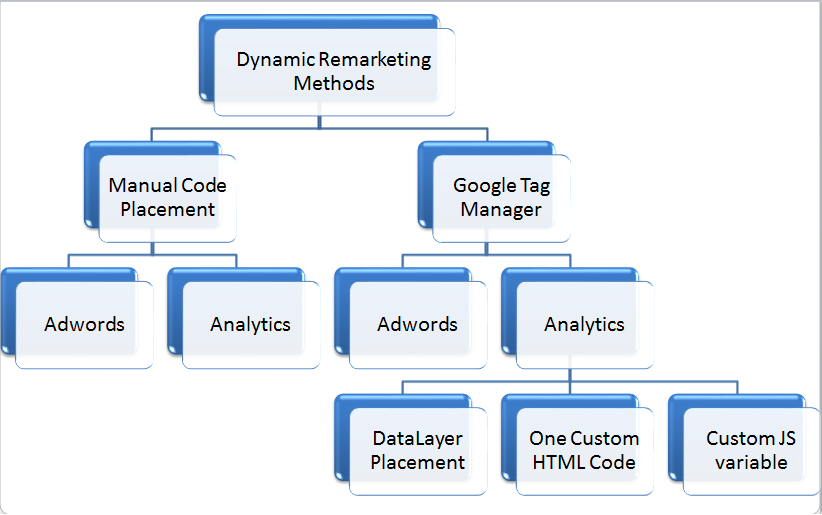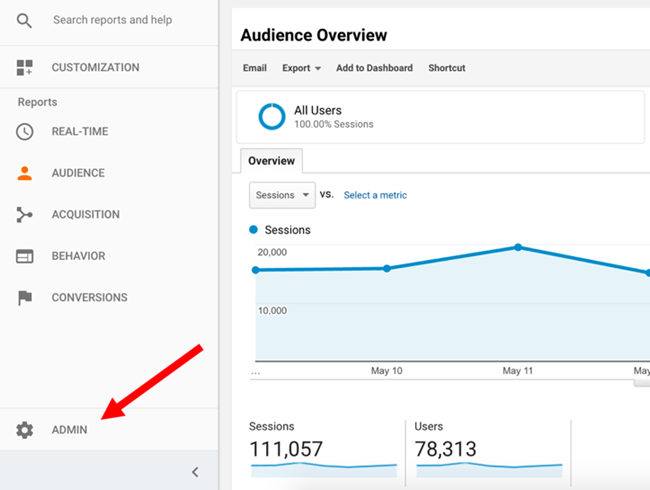Harnessing Remarketing in Google Analytics: A Comprehensive Overview
Harnessing remarketing in Google Analytics supplies companies a calculated side in connecting to potential consumers. The capacity to target people who have actually currently connected with your internet site presents a special opportunity for tailored advertising and marketing efforts. By understanding how to craft audience checklists and release them successfully, services can significantly boost their conversion prices. Nevertheless, the intricacies of establishing up and enhancing remarketing campaigns require a comprehensive understanding of audience segmentation and efficiency analysis. This overview will clarify the essential actions entailed in using the full potential of remarketing in Google Analytics, resulting in enhanced advertising end results.
Recognizing Remarketing in Google Analytics
Remarketing in Google Analytics enables services to purposefully target individuals that have formerly communicated with their internet site or mobile application. By leveraging information from Google Analytics, companies can produce personalized remarketing checklists based on individual behavior, such as pages visited, activities taken, or specific goals achieved. This effective device enables businesses to re-engage with individuals who have actually revealed rate of interest in their service or products, eventually increasing the probability of conversion.
Recognizing the different sorts of remarketing strategies is critical for an effective campaign - What Is “Remarketing” In Google Analytics?. Google Analytics offers numerous choices, consisting of typical remarketing, vibrant remarketing, and remarketing lists for search ads (RLSA) Each kind offers a special purpose and can be customized to fulfill particular marketing objectives
Additionally, examining the performance of remarketing campaigns is vital for optimizing outcomes. Google Analytics gives useful insights right into the effectiveness of various remarketing techniques, permitting companies to make data-driven decisions and refine their targeting method. By continuously checking and changing remarketing efforts based upon analytics data, organizations can optimize ROI and drive success in their advertising and marketing initiatives.
Establishing Remarketing Projects

After establishing up audience checklists, the next step is to link Google Analytics with Google Advertisements. By connecting these two systems, services can seamlessly move audience lists from Google Analytics to Google Ads for remarketing functions. This integration permits more precise targeting and better campaign efficiency.
As soon as the accounts are linked, businesses can develop remarketing projects in Google Ads utilizing the target market notes formerly defined in Google Analytics. These campaigns can be customized with specific ad creatives, messaging, and bidding process techniques to successfully re-engage with past site visitors and drive conversions. By adhering to these actions, businesses can utilize the power of remarketing to improve their advertising initiatives and enhance ROI.
Using Audience Segmentation Techniques

Predefined sections in Google Analytics permit you to promptly assess usual target market categories fresh individuals, returning users, or users that finished a certain objective on your website. Customized sectors, on the other hand, allow you to develop special sections based on specific standards that are essential to your company purposes. Dynamic remarketing checklists instantly readjust based on individual behavior, showing personalized advertisements to users that have engaged with your website in particular ways.
Studying Remarketing Efficiency Metrics
Upon evaluating the efficiency of remarketing campaigns you could try these out in Google Analytics, the analysis of key efficiency metrics offers beneficial insights into audience engagement and conversion prices. By diving into metrics such as click-through click this site rates (CTR), conversion prices, expense per acquisition (CERTIFIED PUBLIC ACCOUNTANT), and return on advertisement spend (ROAS), marketing experts can evaluate the success of their remarketing initiatives. Assessing these metrics makes it possible for marketers to enhance campaigns, refine target market targeting, and allocate spending plans efficiently to enhance overall remarketing efficiency.
Maximizing Remarketing Approaches
When refining remarketing strategies in Google Analytics, focusing on audience segmentation is vital for attaining campaign success. By separating your target market right into specific sectors based upon their actions, demographics, or interests, you can tailor your ads much more effectively to every group. This targeted approach enhances the possibility of involving customers who have currently revealed interest in your services or products, causing greater conversion rates.
Another vital element of maximizing remarketing methods is continually testing and refining your projects (What Is “Remarketing” In Google Analytics?). A/B screening different advertisement creatives, messaging, or offers can help you identify what reverberates finest with your target market and drives the most conversions. By analyzing the performance of these tests in Google Analytics, you can make data-driven decisions to maximize your remarketing efforts further
Moreover, leveraging dynamic remarketing can substantially enhance your project results. This function enables you to show personalized advertisements to customers based upon their past communications with your website, showcasing services or products they have formerly checked out. By delivering customized web content to users based upon their interests and behaviors, dynamic remarketing can help boost involvement and drive conversions.
Verdict
In conclusion, using remarketing in Google Analytics is a critical strategy to target customers who have formerly engaged with a website. By developing personalized target market lists and using audience division techniques, businesses can optimize remarketing advocate boosted conversion prices. Analyzing efficiency metrics and continuously optimizing strategies are crucial for making check over here the most of the efficiency of remarketing efforts.
Google Analytics supplies various alternatives, consisting of basic remarketing, vibrant remarketing, and remarketing checklists for search ads (RLSA)After establishing up target market checklists, the following step is to connect Google Analytics with Google Ads. By linking these 2 platforms, organizations can perfectly transfer audience checklists from Google Analytics to Google Advertisements for remarketing objectives.Once the accounts are linked, businesses can create remarketing projects in Google Advertisements utilizing the target market notes previously specified in Google Analytics.When refining remarketing methods in Google Analytics, focusing on target market segmentation is critical for achieving campaign success.